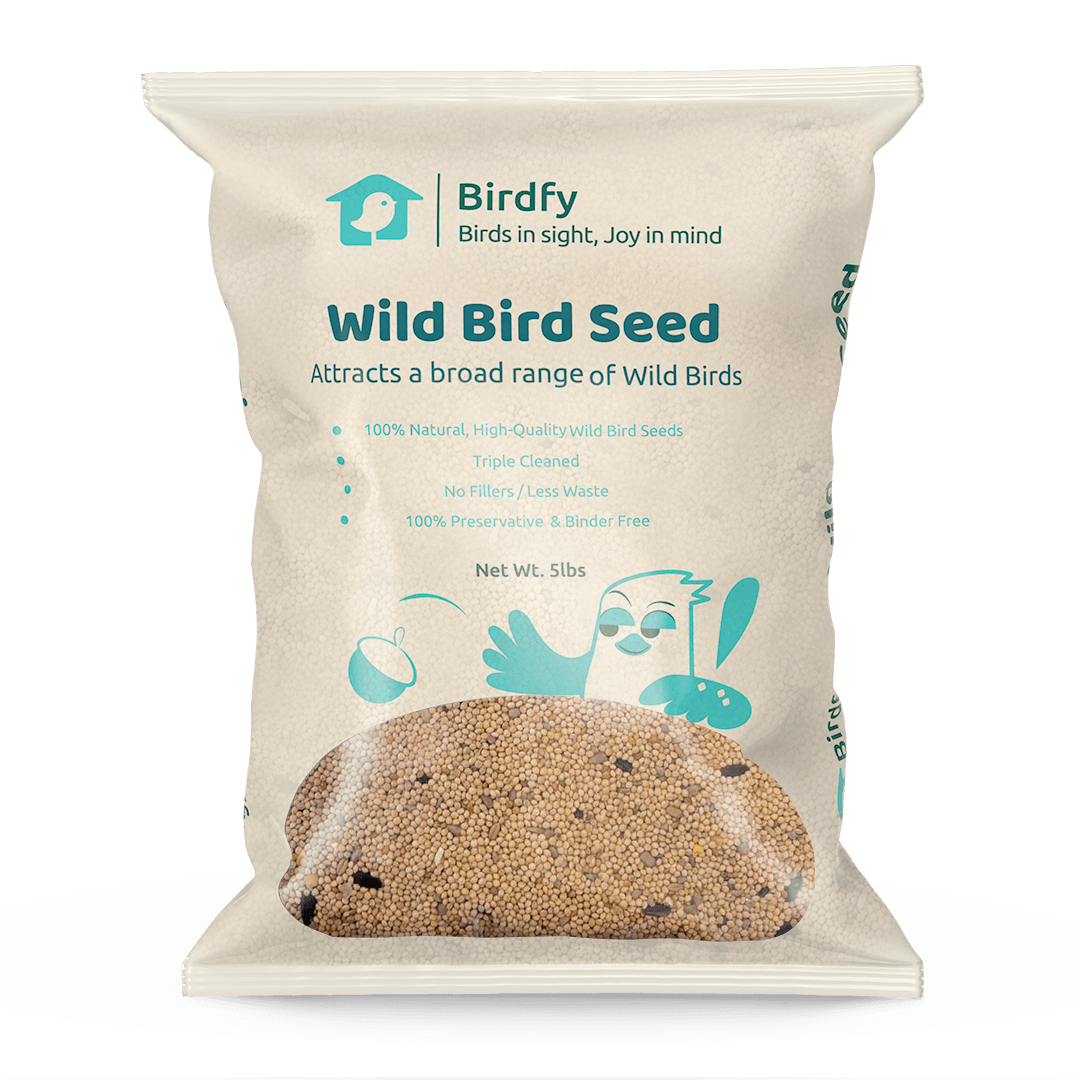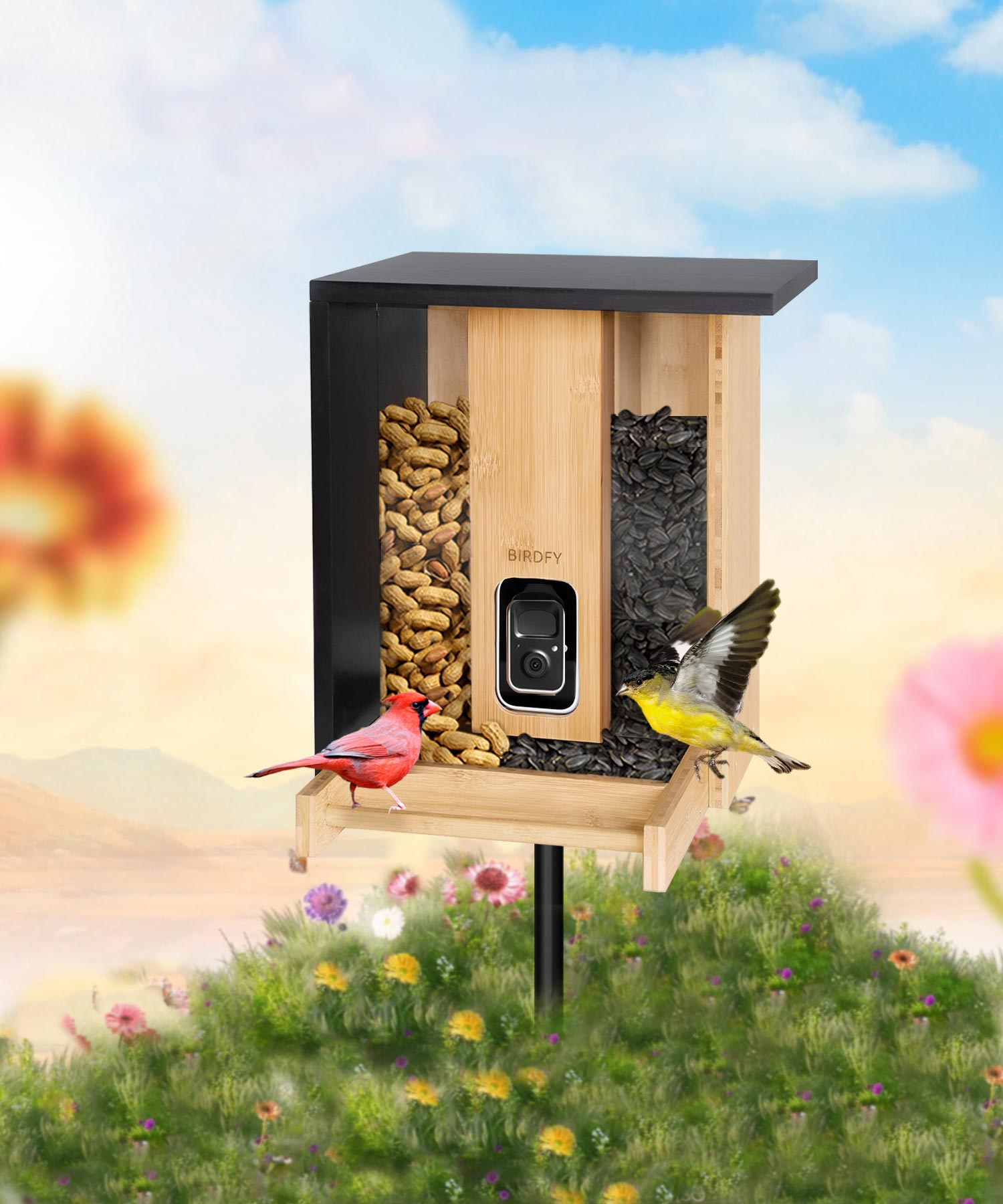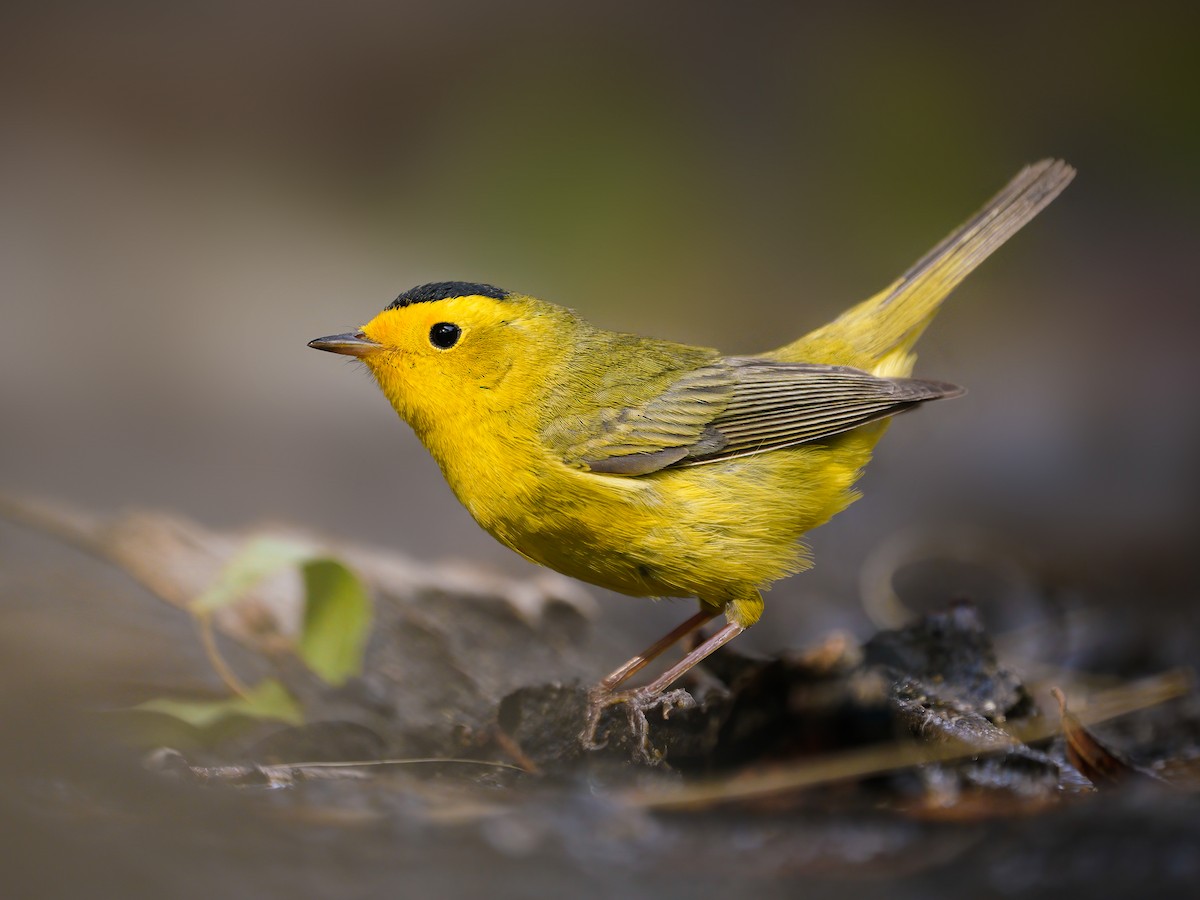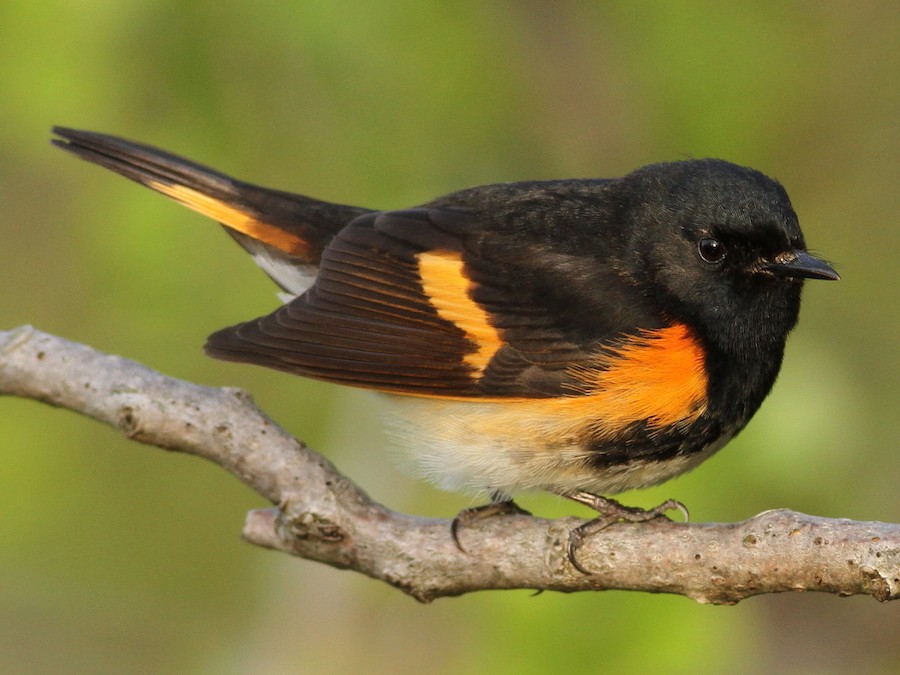12 Most Common Warblers Every Birder Should Know
Introduction
Warblers are small and sometimes difficult to locate, but they are unique birds. They can be located quite quickly; they are particularly prevalent in Maine. Year-round residents and some kinds of warblers migrate here for as long as possible. Maine’s woods harbor many different species of warblers. They have different colors, different ways of singing, and different ways of living. While some like trees, others prefer bushes. They are significant for environmental matters since they assist in seed dispersion and eat insects that ravage plants. This article will introduce the variety of warblers and their habitats in Maine. They are small birds, and you can learn much about nature from them; studying them is always fun.
The video will showcase the 12 most commonly found warblers in Maine. These are difficult to spot, but you may find one once you know where to search. It can be seen that the warblers are always passing from one place to another, especially when the weather changes. Some migrate here in the summer, while some move out during winter. The information on these birds enables the acquisition of knowledge of the specific role of the Maine birds and their movements in particular seasons.
The Importance Of Understanding Warblers
Understanding warblers is important because they are part of nature’s balance. Some of these birds control bugs and are themselves food for different animals. Warblers also inform us of the status of the environment. By watching them, you are in a position to see how the weather and seasons influence them. Some of the factors that are unique to warblers include the role of warblers in Maine's ecosystems and their seasonal migration. They are like little messages squeezed into tiny forms and teach us how the world goes around.
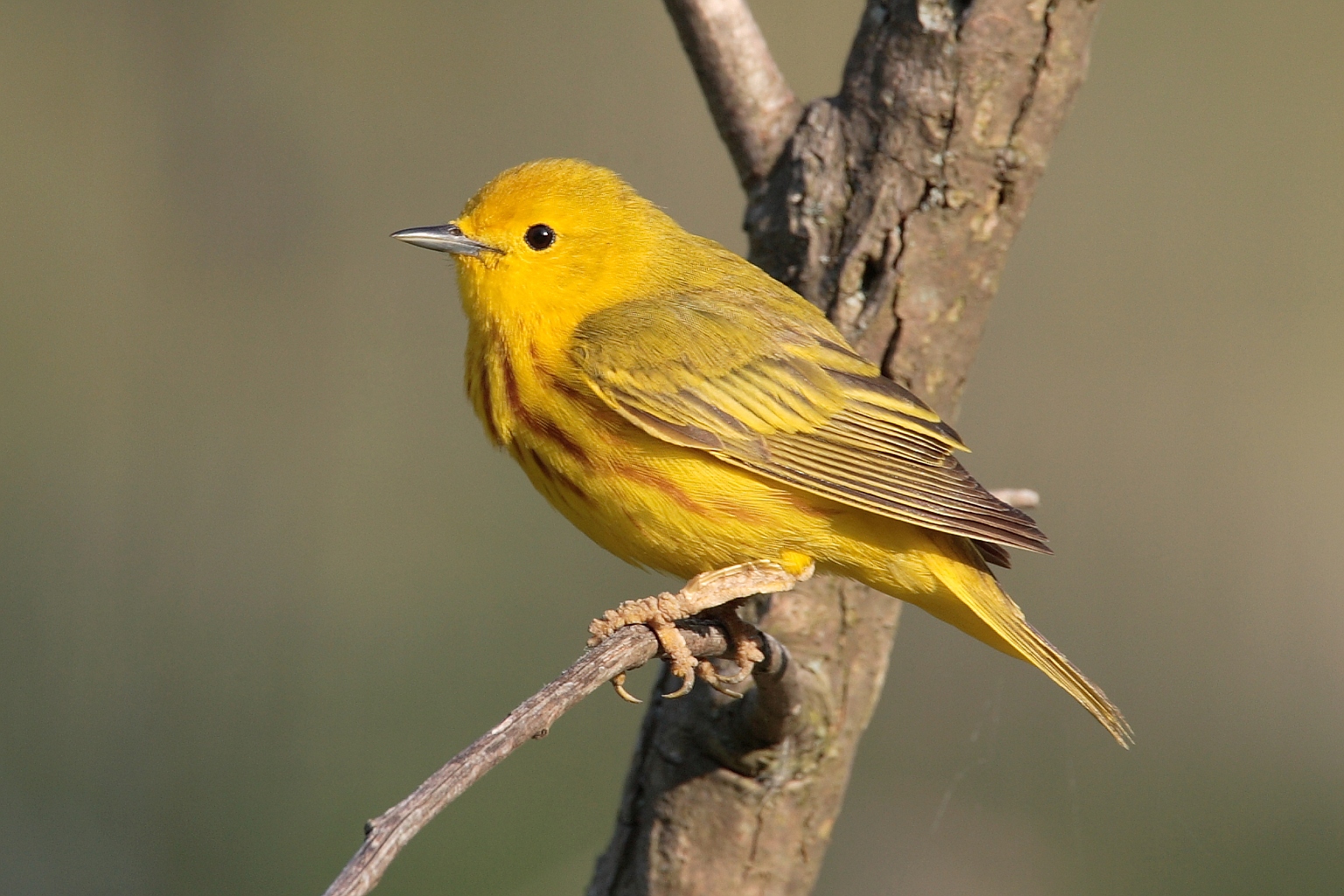
Why It’s Important To Know These Common Warblers?
Knowing about these warblers improves our identification skills. Knowing their starring place and appearance allows us to watch and enjoy them more. So, finding out their songs and colors when flying is relatively easy. It also helps to save the warblers by creating awareness among people and letting them know not to cause havoc to their homes.
Overview Of The 12 Most Common Warblers
All types of warblers can be found all over Maine. Some warblers are familiar with geographical areas or seasons, and some are very hard to locate. Every warbler has a song of its own and a favorite nest site. Some prefer to make their nest high up in the trees, and some prefer to make their nest low beneath the shrubs. We will introduce you to the article's 11 most frequently seen warblers. These birds are exciting to discover and fairly conspicuous once you know where you are likely to find them.
Rank 12: Wilson’s Warbler
The Wilson’s Warbler is a small and long-tailed bird found all year in the Northern Andes of Colombia and Western countries of South America. Mainers frequently notice it during the migration period; it lives in the forests with its lively movements, not forgetting its melodious singing.
Habitat:
Wilson’s Warblers prefer a wetland habitat, forest edge, and stream systems. Such species feed on terrains that provide water and shrubs since they can source food from the latter. These birds are often seen near small rivers or areas with damp forests.
Features:
Something that should make identification easy is that this is a warbler with bright yellow plumage and a black cap. Due to its fast and melodic call and active manner, it is one of the most popular among bird watchers.
Rank 11: Magnolia Warbler
Magnolia Warbler is a brightly colored, presumably arboreal bird found only in Maine. It is common in spring and summer when other birds of similar nature are more active.

Habitat:
Its habitat includes mixed and coniferous forests. These forests, therefore, contain tall trees and small ones, though it may sometimes be hard to tell which is which. Regarding the birds' feathers, it was observed that they preferred to perch on the leaves to camouflage themselves and search for food.
Features:
It is characterized by its subtle, quiet song. They don’t belt it out, but you can get the message by paying attention to what is being said. The song is low-pitched and has a more affectionate tune that is sometimes difficult to hear without carefully listening.
Population and observation:
They were analyzed using eBird data. This means that people who watch birds report what they see, and the analysts can determine how many of these birds are in Maine from the data they obtain.
Rank 10: Pine Warbler
The Pine Warbler is a small bird, primarily yellow and green in coloration. It can be challenging to distinguish because trees almost enclose it. However, it is a very special bird due to its song sound.

Habitat:
They prefer pine tree tops. These animals are usually found in trees, where the leaves are on. This keeps the bird safe from other animals that it may encounter.
Features:
It is usually described as a bird that is hard to spot, but its distinctive song compensates for the challenge of locating it. Its song has clear, sweet notes and differs from other warbler species. When the song is played, you can gaze up towards the sky and attempt to find the bird.
Analysis:
It is less common in the northern regions of Maine. It has been reported to be found mainly in areas with tall pine trees.
Rank 9: Yellow-Rumped Warbler
Some features that make the bird easy to identify include the yellow-colored rump and a black mask. This is a very agile bird, which has been observed frequently moving around.

Features:
According to Birds of America, the song of the Yellow-rumped Warbler is variable and hard to identify. It could hum different melodies based on its mood—happy or sad, that type of thing. At one moment, it resembles a whistle; at another, it seems like a chirp.
Habitat:
This particular member of the warbler family is widespread and commonly seen in Maine. It prefers to inhabit forests, fields, and gardens almost anywhere, making it easy for people to detect.
Rank 8: Chestnut-Sided Warbler
The Chestnut-sided Warbler is in the same Genus as the American Redstart, so you will likely not overlook it, especially since it is bright in color. It’s got pretty colored plumage and sings very audibly, too.
Habitat:
It prefers a habitat with low, open shrubs with ample sunlight. He likes places with rays of sunshine and many shades to seek food.
Features:
It has a clear and easily recognizable song. This one makes a cheerful sound like a song or a small whistle. If you hear it, you know that bird is around.
Rank 7: Yellow Warbler
It is a small bird of bright color with a loud song. This species is very easily distinguished because of the yellow color of its feathers. This bird loves to nest in open country, making it reasonably easy to spot in many locations in Maine. It is most active during the warm months, particularly in summer.

Habitat:
Yellow Warblers are known to inhabit open areas like city parks and riverbanks. They prefer areas with clear weather and many small shrubs and trees for shelter. They are usually sighted in gardens or close to streams.
Features:
It has bright yellow feathers, making it easy to identify. These are like little ‘spots in sunshine,’ which make the bird stand out. Its song is also pleasant and audible, mainly like a ‘sweet, sweet, sweet, I am sweet.’
Rank 6: Black-And-White Warbler
The Black-and-white Warbler is one of the most peculiarly formed birds. Its plumage features black and white stripes, which makes it easy to blend in with the trees, but once its call is heard, it’s pretty easy to identify.
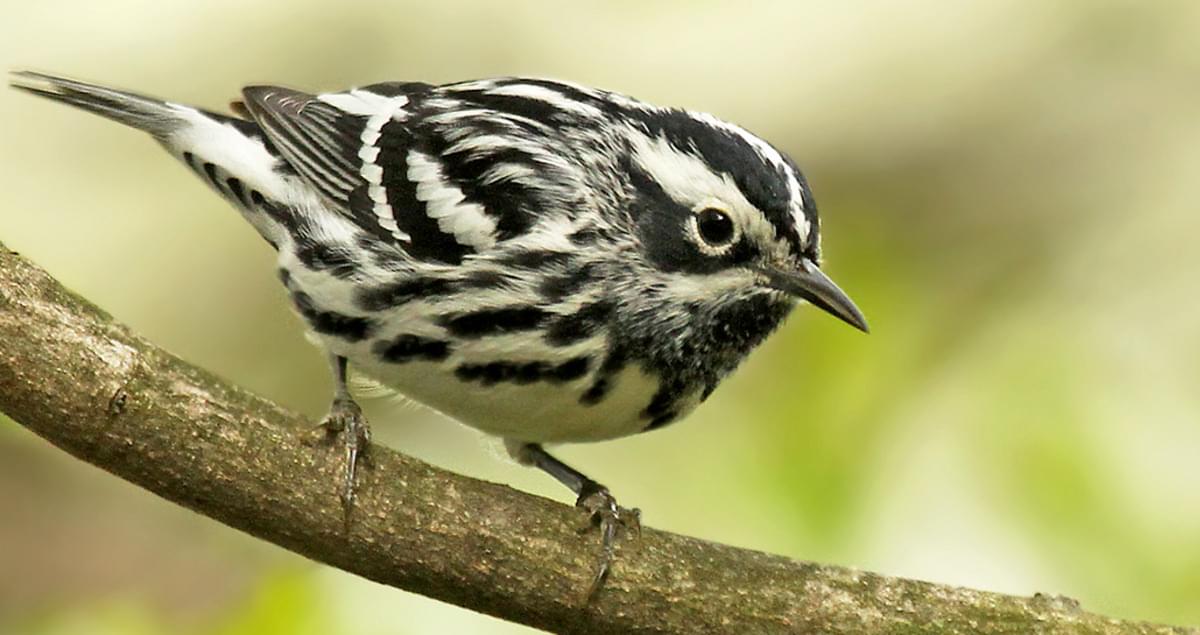
Features:
It produces a strong, stable "chew-chew" call. The call’s loudness and pitch make it relatively easy to discern. Using the sound produced by bird watchers, it is easy to locate it, even when blended on the trees. It might sound like a slight chew or chip sound followed by a few more of the same kind.
Habitat:
This warbler is common in sunlit forest edges. It prefers to dwell in areas where the sun is filtered through the branches, with some bright and some shaded regions. Presumably, it may be identified near the fringes of a forest or in open woody zones.
Rank 5: American Redstart
The American Redstart, or Progne mussicolor, is a stunning orange bird with red tinge marks. It is primarily live and very mobile; it may be seen flying low in search of insects, for example, in the shrubs. It can be challenging to detect at first sight, but seeing the bird is not difficult once one hears its call.
Habitat:
The American Redstart prefers to build its nests in low shrubs and sunlit areas. It likes territories with good sunlight and thickets that provide cover when looking for food. This bird is usually seen in the woods or gardens.
Features:
The American Redstart’s song is complex and might be difficult to identify. It also has different kinds of calls, trills of volleys, and buzzing or whistling notes. The birds are colorful and active, so watching them in action is enjoyable.
Rank 4: Black-Throated Green Warbler
Another glamorous bird is the Black-throated Green Warbler. One has green plumage on the back, and the other has a black throat. This small bird prefers the forestand, which its melodious call can quickly identify.
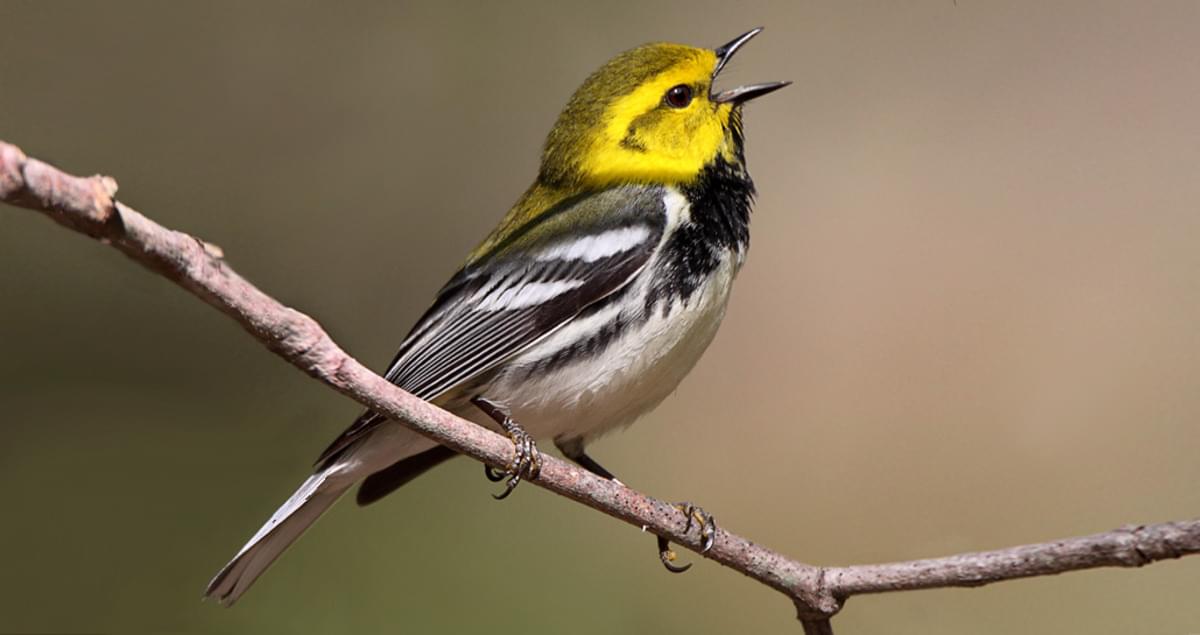
Habitat:
The Black-throated Green Warbler dense forests and suburban backyards. It prefers to make its nests in areas where there are several trees, and this is where it can easily avoid its predators and search for insects. It could be seen, for instance, in the forests, or if there are trees in your compound, probably tall ones.
Features:
It has a memorable song: "Zee-Zee-Zee-Zoo-Zee." It is a song that one can listen to or sing clearly; when sung loud, people will hear it. When this song is played, you will surely know that the Black-throated Green Warbler is around.
Rank 3: Northern Parula
The Northern Parula is a relatively small bird with bright and vivid plumage tones. You might barely notice it since it blends in very well with the branches of trees, but you can quickly locate it with the help of the call it makes. The Northern Parula is one of the most recognizable warblers by its trill call.
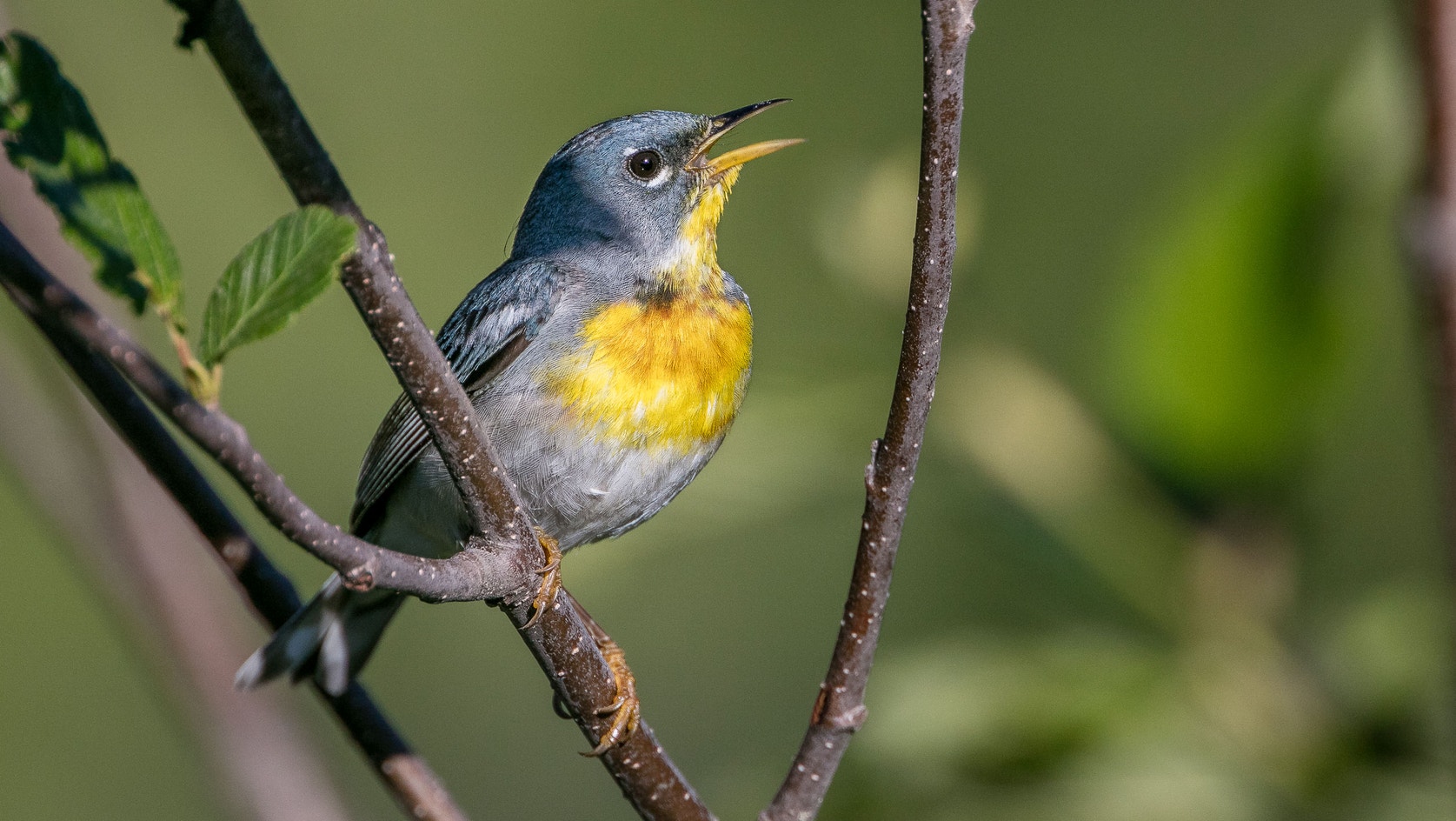
Habitat:
Northern Parula is a bird of mature forests, often found in tree canopies. It prefers mature forests because it feeds on insects on the large trees. It can produce vocalization, which can be heard before you see the bird as it perches in the tree tops most of the time.
Features:
Northern Parula has a unique "zip-zip-zip" call that is clear, brief, and piercing. This warbler sings its vocalization for calls, and every time, with the help of the swift “zip” call notes, it sounds distinctive.
Rank 2: Ovenbird
The Ovenbird is a social and entertaining member of the warbler family. It derives its name from the fact that it makes its nest in the form of an oven. Ovenbirds are lively and sometimes noticed strolling from one place to another on the forest floor. They are associated with a loud and persistent song.

Habitat:
The Ovenbird likes to live on the forest floor, occasionally on the ground. As a result, it prefers areas with many fallen leaves and short scrub where it can obtain its prey quickly. You may locate it where there are many trees, and the ground is littered with leaves.
Features:
Its song is loud, "Teacher, teacher, teacher." call. Bird watchers can easily identify this Ovenbird song even if the Ovenbird has moved to the underground.
Rank 1: Common Yellowthroat
The Common Yellowthroat is a small, brightly colored bird that seems constantly in motion and relatively easy to spot in Maine. It is about 13–14 centimeters long, with bright yellow plumage and a black eyemask, and thus appears quite unlike other warblers. It is noisy and has a distinguishable voice that will be easily remembered as a song.
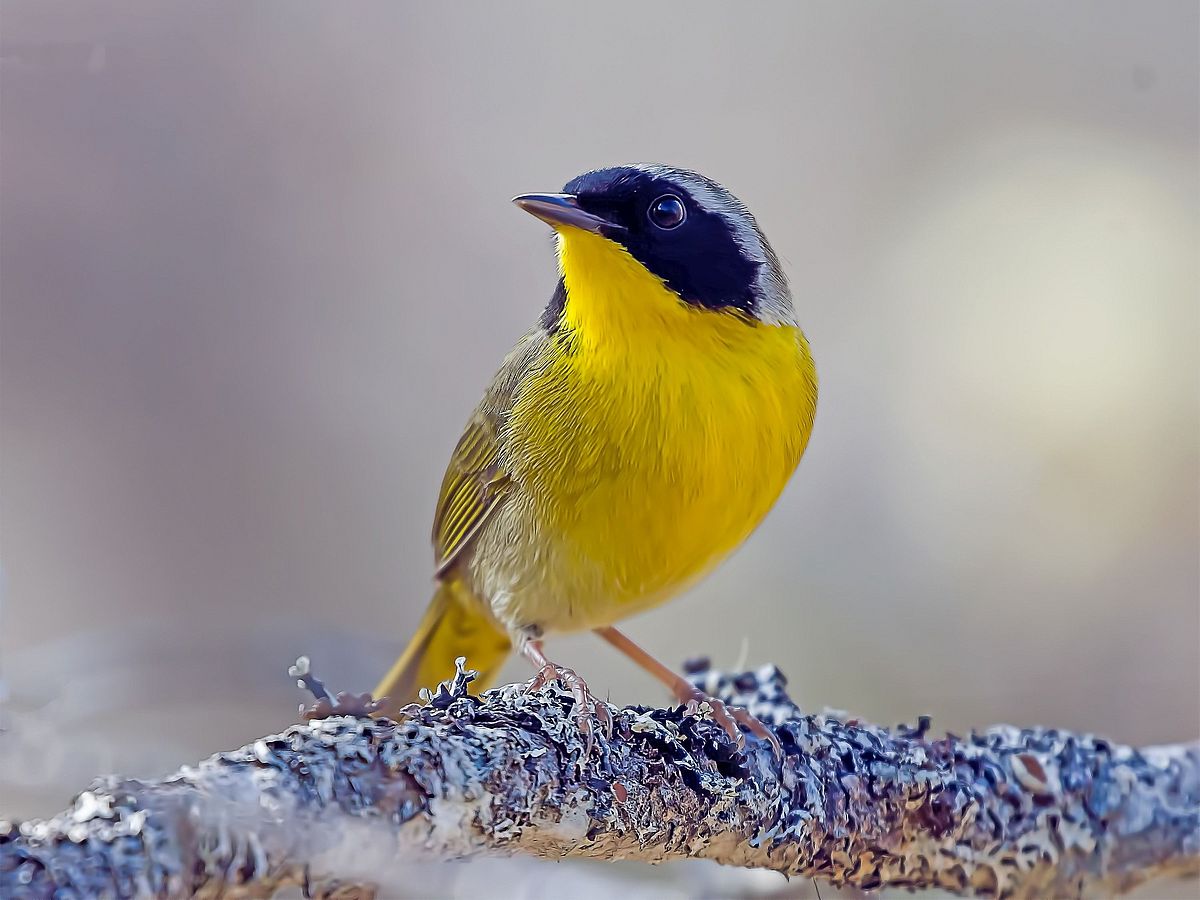
Habitat:
The common yellow throat habitat includes low shrubs, riverbanks, and thickets. There, it lives low to the ground and blends with dense vegetation. It will be seen near rivers, ponds, or in thorny bushes, where it feels secure.
Features:
The Common Yellowthroat has the clear “wich-wich, wich-wich” song. Unlike other bird calls, this song is clear and can easily be listened to before the bird is sighted. The song is sung by the bird or while the bird is jumping around its areas of activity.
Conclusion
Warblers are stunning little songbirds that one enjoys watching. Beginning with a beautiful canary yellow color, the Warbler, the Black-throated Green warbler, and the Ovenbird all have their specialties for the forests and parks of Maine. We can better appreciate these small birds by knowing more about them, especially their songs, habitats, and features. This note will be an exciting adventure when you identify these species, regardless of whether you are a beginner or an advanced bird-watcher. The next time you are out in nature, listen to their tunes and look out for their bright, colorful plumage!


















